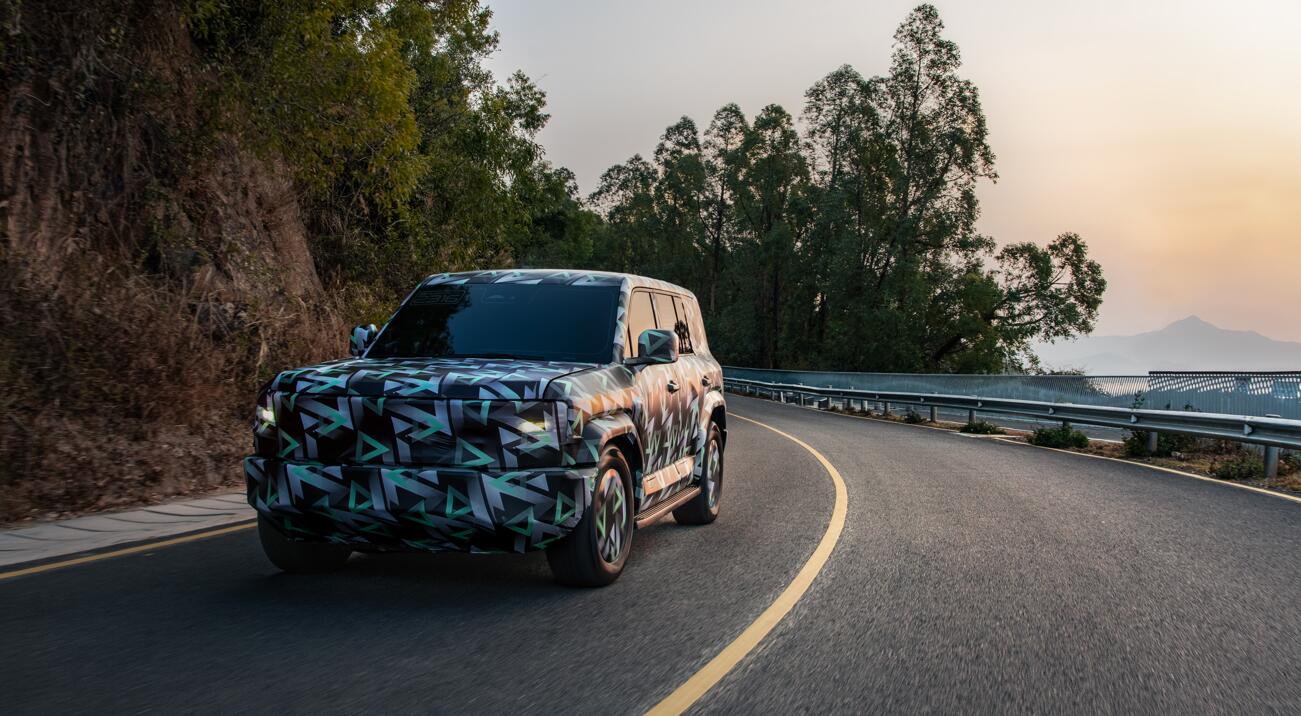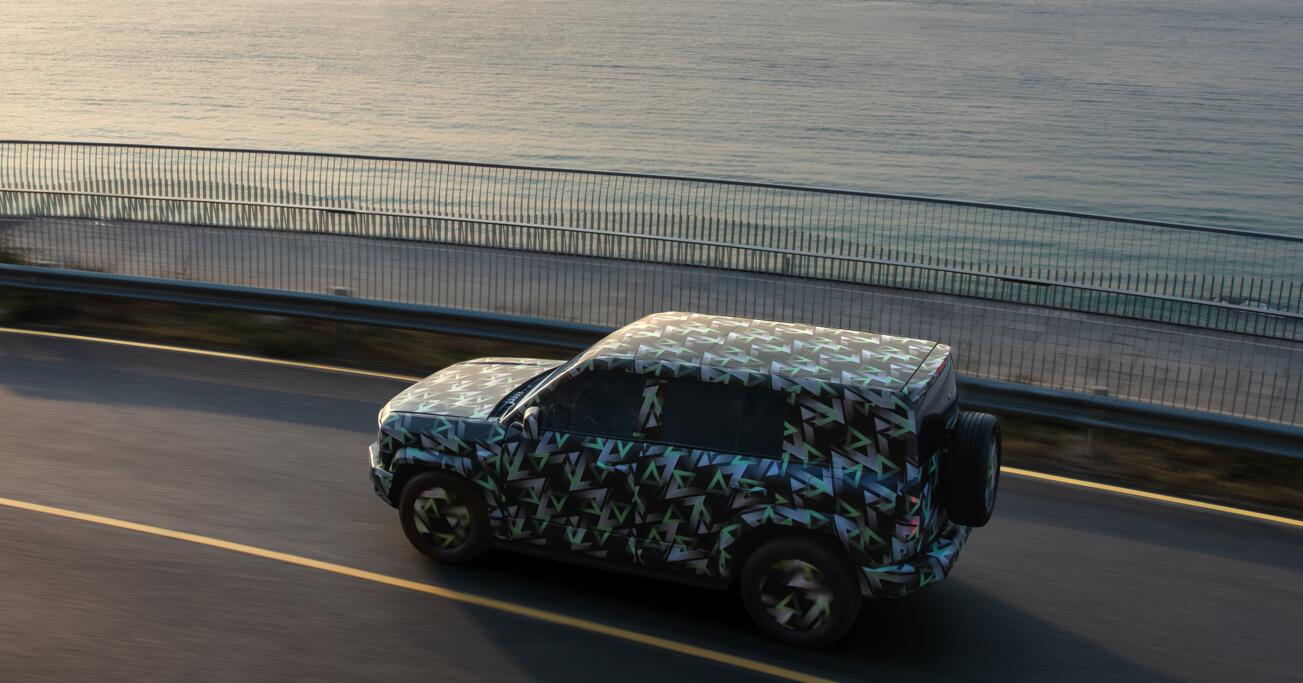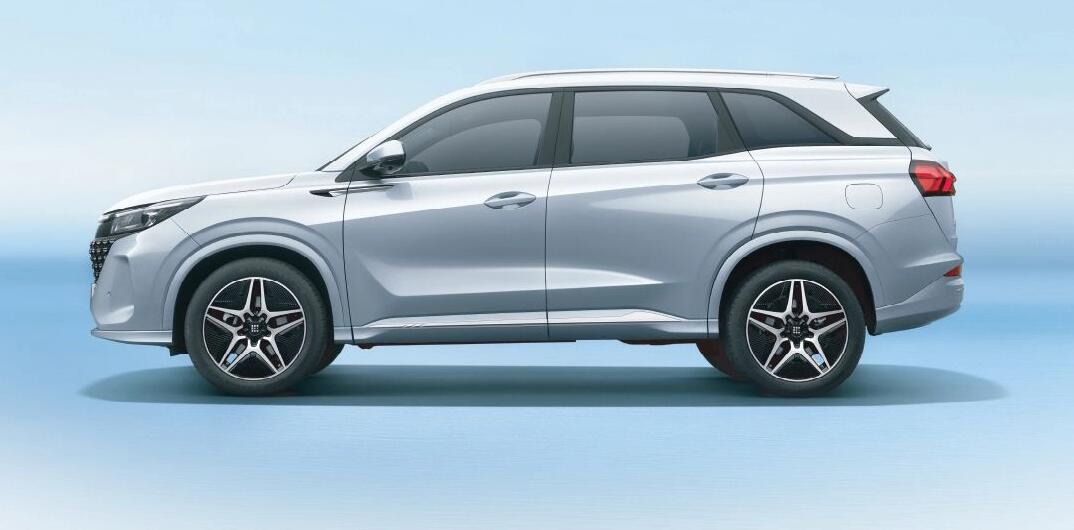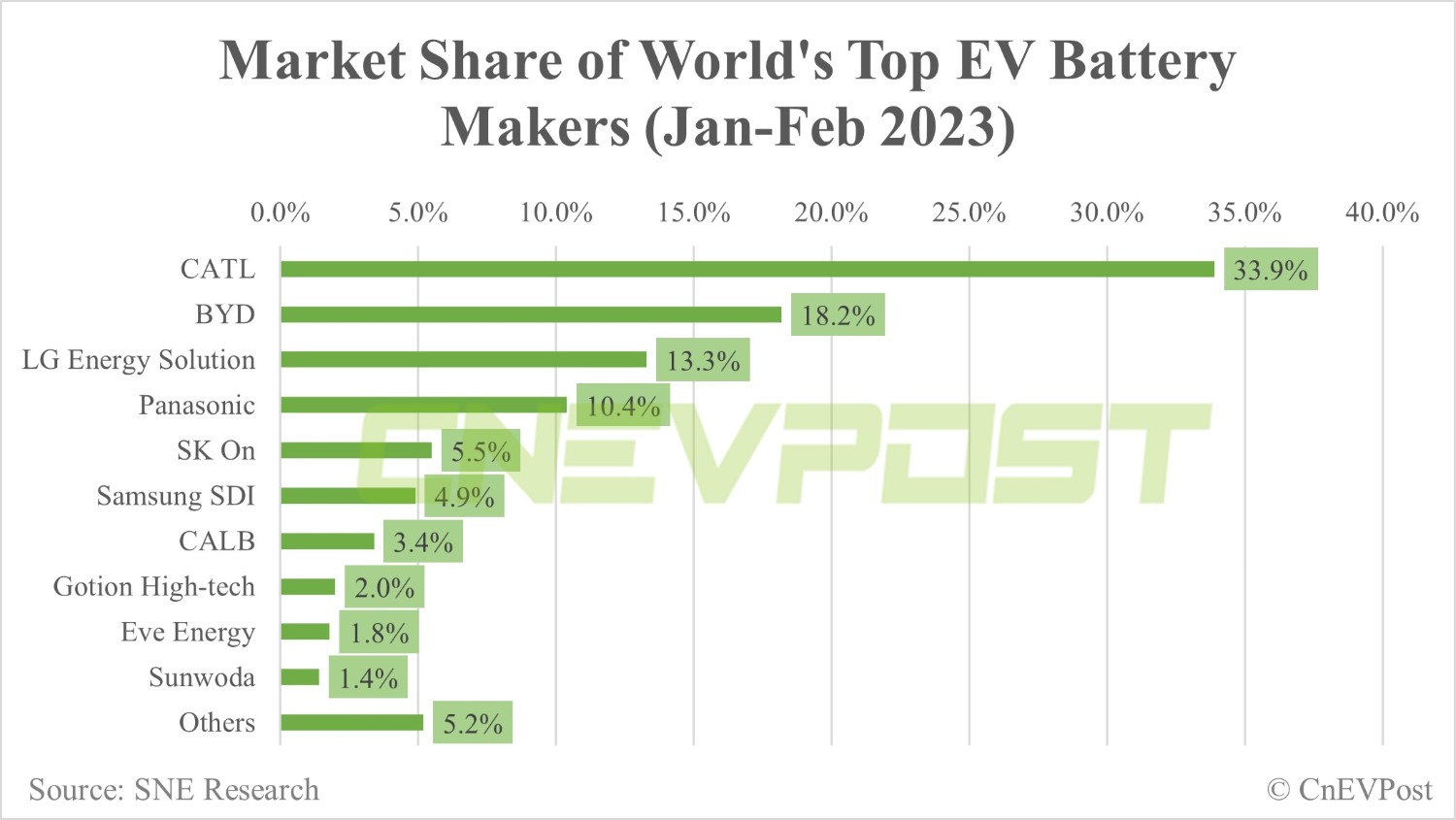The first model of BYD's F-brand, codenamed SF, will target the RMB 400,000 to 600,000 market. | BYDDY.US | BYD HK

BYD's yet-to-be-announced new brand, codenamed F brand, is expected to officially unveil its first model, codenamed SF, in June to target a market priced between RMB 400,000 ($58,380) and RMB 600,000, CnEVPost has learned.
The model will be built on a new BYD off-road platform and will be equipped with dual motors, front and rear differential locks, and electric interlock, a BYD insider said.
Xiong Tianbo, former head of BYD auto sales research institute, will be the general manager of the F brand's sales division, leading the brand's product planning, channel sales and brand building, the source told CnEVPost.
BYD said at an event marking the launch of the company's 3 millionth new energy vehicle (NEV) on November 16 last year that in addition to the Yangwang brand, BYD will launch a highly specialized and personalized new brand in 2023.
The new brand will meet the increasingly personalized needs of consumers, and it will focus on building with users, BYD chairman and president Wang Chuanfu said at the time.
Last month, local media reported that the brand's internal code name would be F brand. BYD later confirmed it.
Earlier this month, CnEVPost obtained several spy shots of the SF model with the number "2316" emblazoned on its body.
The 2 in the string refers to dual motors, the 3 refers to three locks, the 1 refers to a new platform and the 6 refers to a June release, the latest information suggests.
Here are more spy shots of the model obtained by CnEVPost.


The SF model's powertrain has a maximum output of more than 500 kW and will have a body-on-frame structure to compete with the Mercedes-Benz G-Class, previous information showed.
(1 $= RMB 6.8522)
Spy shots: This could be what BYD F-brand's 1st model looks like
The post BYD expected to unveil 1st model of F brand in Jun appeared first on CnEVPost.
For more articles, please visit CnEVPost.










